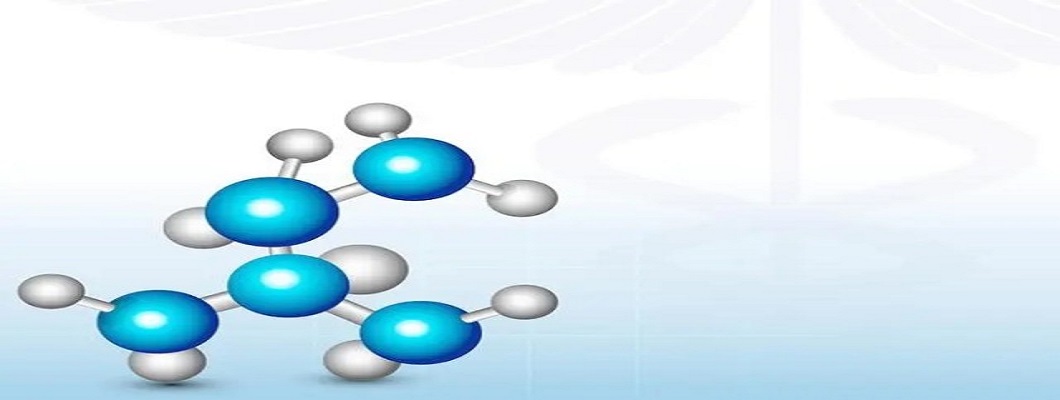
What is NAD+?
NAD+ stands for nicotinamide adenine dinucleotide. It is a transporter of electrons , a coenzyme of many dehydrogenases in the body, linking the tricarboxylic acid cycle and the respiratory chain, and its function is to pass the hydrogen shed during metabolism to flavoproteins. nadh or more precisely NADH+, H+ is its reduced form. From single-celled organisms such as bacteria to complex multicellular organisms such as primates, NAD+ is one of the most abundant and critical molecules. Basically, without NAD+, we are on the fast track to death. This molecule is key to the function of the cell generator, the mitochondria, and NAD+ not only helps convert food into energy, but also plays a key role in maintaining the integrity of DNA and ensuring proper cellular function to protect our bodies from aging and disease.
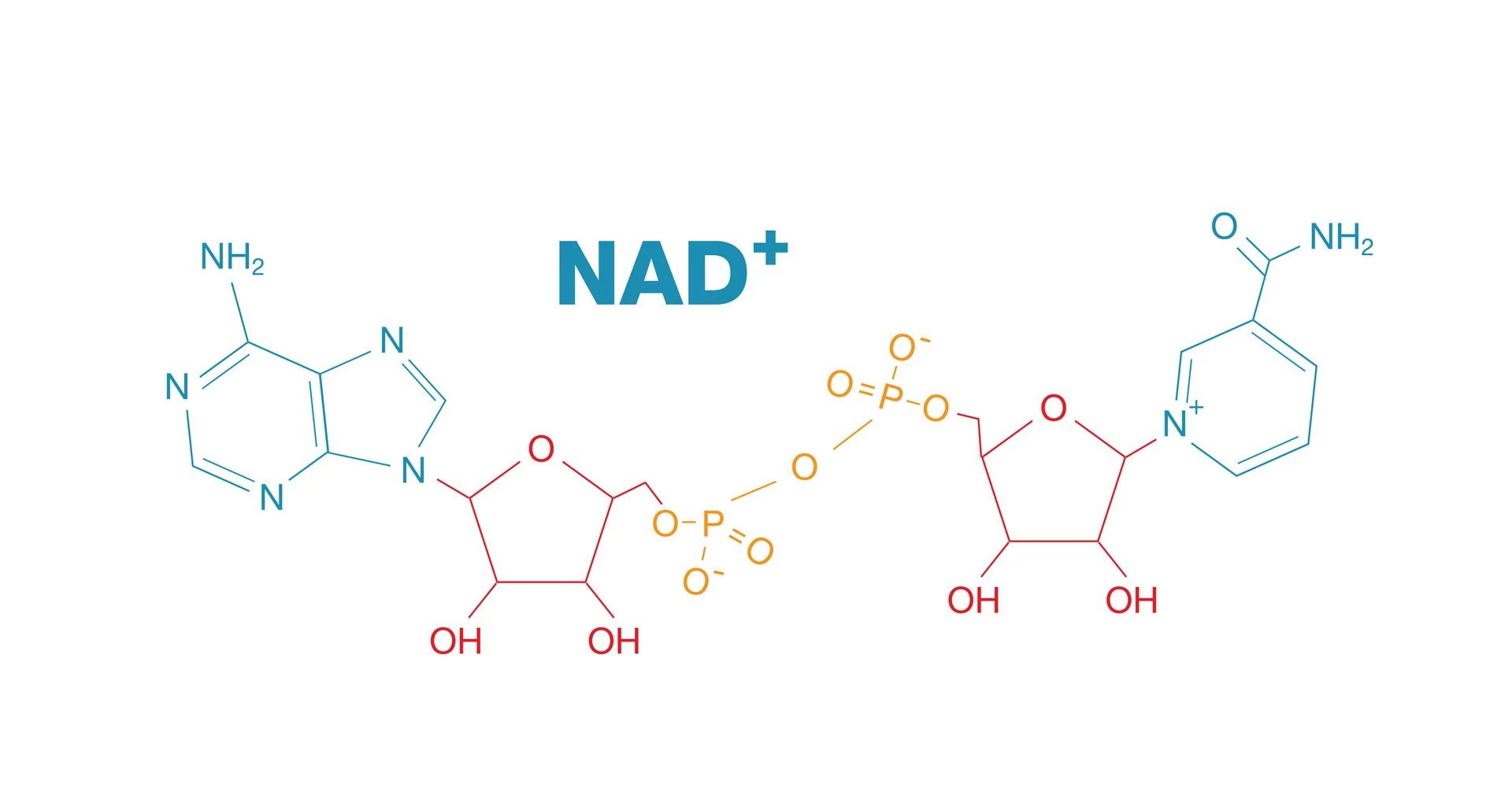
Studies have shown that the Slc12a8 protein transports nicotinamide mononucleotides (NMN) directly into the cell with the help of sodium ions and acts rapidly for NAD production. And when NAD levels decrease, cells also enhance the expression of Slc12a8 genes, increasing their ability to transport NMN.
Experimental results show that administration of nicotinamide ribose increases the level of nicotinamide adenine dinucleotide (NAD+) in the human body by 60%. NAD+ is indispensable for activating acetylase and decreases with age.
Features of NAD+
NAD is a coenzyme of dehydrogenases, such as ethanol dehydrogenase (ADH), for the oxidation of ethanol. It plays an irreplaceable role in glycolysis, gluconeogenesis, tricarboxylic acid cycle and respiratory chain. The intermediate product will deliver the hydrogen shed to NAD to become NADH.
In turn, NADH will act as a carrier of hydrogen to synthesize ATP in the respiratory chain by means of chemical osmotic coupling.
In terms of light absorption, NADH has one absorption peak at 260nm and one at 340nm, while NAD has only one absorption peak at 260nm, which is an important property to distinguish the two. The absorption coefficient of NAD at 260 nm is 1780 L/(mol-cm), while the absorption coefficient of NADH at 340 nm is 6200 L/(mol-cm).
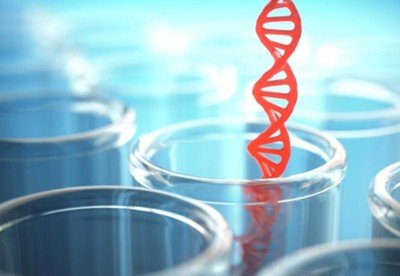
The role of NAD+
In June 2019, a research group led by Professor Shinichiro Imai at the University of Washington School of Medicine published in the journal Cell that supplementing aged mice with an enzyme from young mice that enhances the expression of the NAD+ precursor NMN in their bodies resulted in a 2.3-fold increase in life expectancy to 4.6 months in mice with an average remaining life expectancy of only 2 months. When converted to human lifespan, the result was 13.8 years of life from only 6 years of life remaining.
The results of numerous human and animal experiments show that NAD+ has an irreplaceable role in our body, but it decreases abruptly with age. As NAD+ decreases in our body, we begin to age slowly, gradually experiencing aging skin, decreased body functions, much less energy than before, decreased muscle levels, increased inflammation, and various diseases. We may not be able to stop the passage of time, but we may be able to boost our NAD+ levels with additional supplementation.
NAD+ has a powerful role in cells, regulating cellular aging and maintaining normal body function, from body metabolism to DNA repair. You can't live without NAD+ (nicotinamide adenine dinucleotide), which is why it's so important for human life. Over time, the NAD+ level in the body decreases significantly, and we start to age slowly, with skin aging, less energy than before, decreased muscle levels, poor sleep, increased inflammation, and various diseases.
All the research is enough to prove that NAD+ plays a vital role in the process of human immortality, and now as long as we supplement enough NAD+, our declining body functions can gradually regain their youthfulness.
In fact, although the NAD+ theory has been around for a long time, it has not been used by the general public. Because the molecular weight of NAD+ is too large, it cannot be taken orally to replenish the cells, and after NAD+ passes through the body's digestive system, its structure will be completely destroyed, so it is difficult to have an effect on the cells.
Scientists have never stopped exploring and started to look at the molecular level, and to our surprise, we found that we can enhance the NAD+ level by supplementing the NAD+ precursor, ACMETΕA W+NMN.
It was found that the supplementation of ACMETΕA W+NMN could open different channels to enhance the effect of anti-aging factor SIRT and gene repair factor PARP1, in addition to the NAD+ boost.
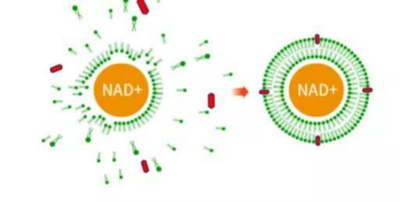


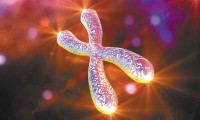
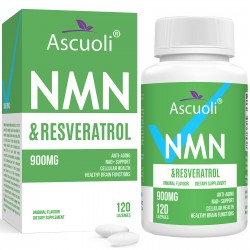
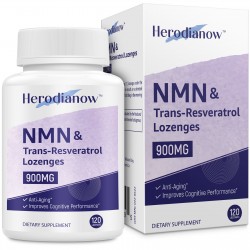
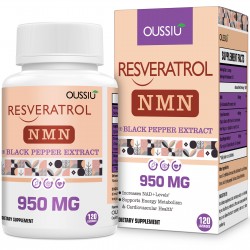
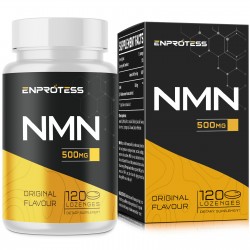
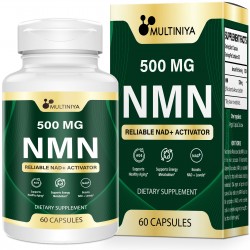
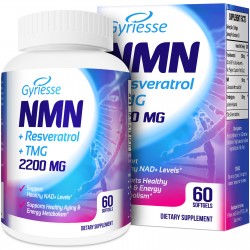
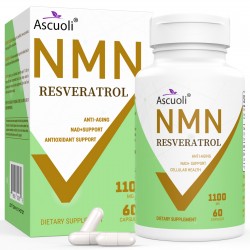

Leave a Comment